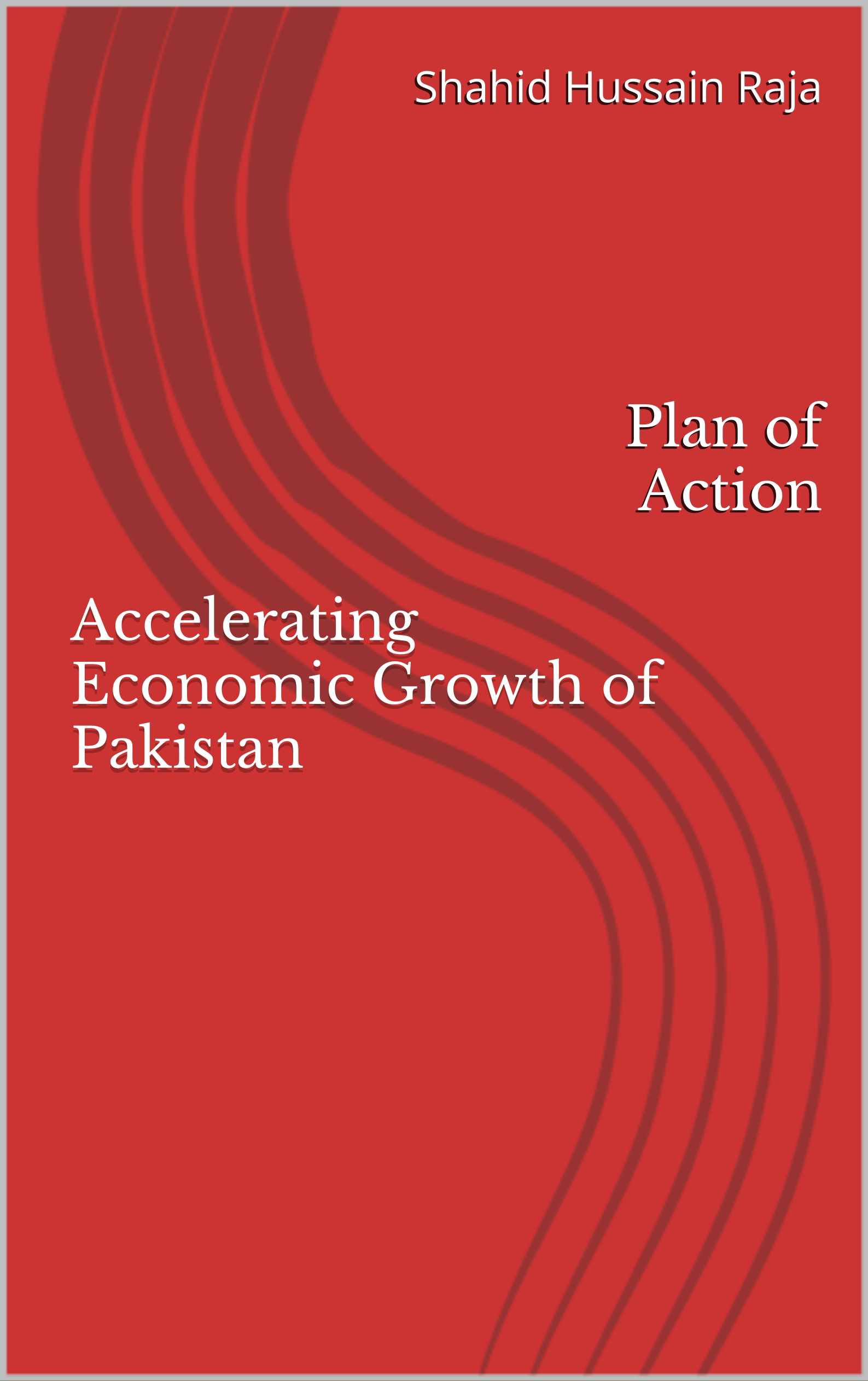
This is actually part 2 of my book “Political Economy of a Post-Colonial State: A Case Study of Pakistan” being published as a separate book on readers’ demand. When I started working on the above-mentioned book in 2014, my idea was to write a short book, maybe under 250 pages, containing the history of the economic development of Pakistan as well as suggesting a plan of action for accelerating its rate of economic growth.
Specifically, I wanted to examine how a newly-independent nation-state beset with multiple problems started its development journey literally from a scratch and progressed during the last seven decades by adopting the mainstream globally accepted development ideas, policies, and strategies. And, more importantly, what it did well and where it failed miserably during this journey. Based on this investigation, I intended to draw some lessons and to suggest some measures that could serve as guidelines for accelerating its rate of economic growth.
However, by the time I finished its first draft, it had already crossed 400 pages. Drastic but painful cuttings reduced it to 350 pages when it was finally published. It was well received by the readers who appreciated it for its freshness of approach and its easiness to understand style. However, a large number of readers expressed their reservations about its size and suggested to divide the book into two parts; one detailing the history of the economic development of Pakistan and the second one prescribing a plan of action for its future.
I have acceded to this proposal and now there will be three books on this topic. The book you are reading presents a plan of action for accelerating the rate of economic growth of Pakistan while its sister book narrates the story of the economic development of Pakistan from the political economy perspective. However, the original book will remain as it is i.e., "Political Economy of a Post-colonial State: A Case Study of Pakistan" with a revised and updated version.
Although it is a complete book in itself, yet you will benefit a lot if you read it after reading its part one available at Amazon. Like its sister book, each chapter ends with a summary, rather a self-contained note encapsulating the gist of the chapter.
Genre: EDUCATION / Financejust published
Briefly, story of Pakistan's development makes an interesting reading-how a country with a lot of baggage of underdevelopment and sets of contradictions and constraints, starts its development journey literally from a scratch and keeps on progressing from phase to phase, adopting with religious fervour the mainstream globally accepted development ideas, policies, and strategies, which are current at that time. From an exclusive emphasis on growth and trickle-down of the 1960s, she took a U-turn and tried to redistribute the fruits of growth in the early 1970s. Failing miserably in this endeavour which instead resulted in expanded state capitalism, she started denationalizing everything in the following decades and adopted the new mantra of economic liberalization, and privatisation. She is now struggling to remove poverty amid glaring extravagances of certain classes to avoid bursting at the seams of society.
Well, during this process, it has some stellar successes to its credit while on the other had it has failed miserably in few areas. For example, it can take credit for surviving in the face of heavy odds ranging from its deficiencies of being a viable economy, stable polity or a homogeneous society when it came into existence in 1947. The majority of intellectuals were apprehensive, and rightly so, regarding its survival as an independent nation-state. However, it proved them wrong; it fought four wars, lost its one part but rose again like a phoenix and became a nuclear power.
With prudent statecraft and some fortuitous events, Pakistan was able to grow at a fairly reasonable rate enabling it to become the 24th largest economy in the world in terms of Purchasing Power Parity (PPP). Because of its burgeoning population crossing 210 million, her per capita income of US$ 5o30 (2018), places her in middle-income countries group. It is one of the Next Eleven, the eleven countries
| Language | Status |
|---|---|
|
Spanish
|
Already translated.
Translated by Joel Santamand
|
|
|
Author review: Thank you Joel Santamand for a very faithful translation of my ebook. "Accelerating Economic Growth in Pakistan" into Spanish. You did it within the time agreed upon. Grateful. Regards. Shahid |